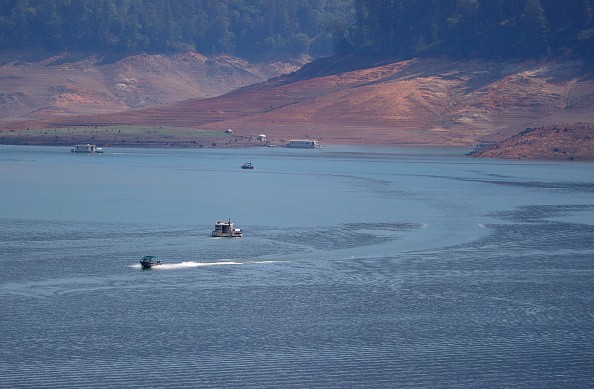An extremely harsh summer of record heat and severe drought has claimed one more California victim - the distinguished, slopes of Mt. Shasta covered in snow.

Mt. Shasta's changes
Just as the effects of global warming have shown themselves in form of an extreme wildfire behavior and steeply falling the level of reservoir, climate change is now changing the skyline of distant Northern California and greatly damaging communities close to the dormant volcano.
The unseasonable vanishing of Mt. Shasta's pretty snowpack has not just changed the summit of the landmark from white to brown but it has also sped up the melting of mountain glaciers, releasing intense torrents of mud, boulders, and trees that have damaged bridges, blocked roads and endangered water infrastructure.
The movement of volcanic ash has also changed meadows that were green before into ghostly gray moonscapes.
Mudflow
A head scientist at Mt. Shasta for the U.S. Geological Survey named Andy Calvert said: "It's scary. The pace of change right now on Mt. Shasta seems very fast, and its glaciers are getting smaller at a rate that makes me sad. The principal problem now is mudflows. They are sudden releases of water that scour out stream channels and pick up rocks and dirt on the way down, leaving a muddy mess."
For drivers regularly using Interstate 5, the region where Shasta demanded frequent attention, either through the windscreen or the rear-view mirror, the snow loss on the 14,179-foot peak makes one curious. But for people inhabiting the volcano's base, it is life changing.
Richie Fesler who is a superintendent of public works for McCloud was in his house a few miles away on a Sunday - not too long ago - when he heard what he narrated as "an oceanic roar that made the ground shake and the pines tremble." McCloud is a community of restored popular buildings on southern flanks of Mt. Shasta.

Flash Flood
Fesler identified what the sound was: another flash flood was impacting the Mud Creek that is nearby, where a number of severe floods had washed out a concrete dam of about 75 years earlier and almost covered up a pipeline.
The World War II-era pipe which was suspended about 15 feet at the top of the creek bed, provides McCloud with very pure spring water. The water is pure to the extent it doesn't need chlorination.
The area close to the dam, constructed to safeguard the town that has 715 residents from disastrous flooding, has been substituted by an expanse of fallen trees that protrude strangely from a layer of mud over 15 feet thick.
Looking out at the stretching debris field, Fesler said: "Hard to believe, that just a few months ago this place was nothing but glorious forest, meadows, and huckleberries and delicious mushrooms coming out of your ears."
Related Article: Our Mountains Won't Get Any Taller, and Here's Why
For more news, updates about Mt. Shasta and similar topics don't forget to follow Nature World News!
© 2025 NatureWorldNews.com All rights reserved. Do not reproduce without permission.





